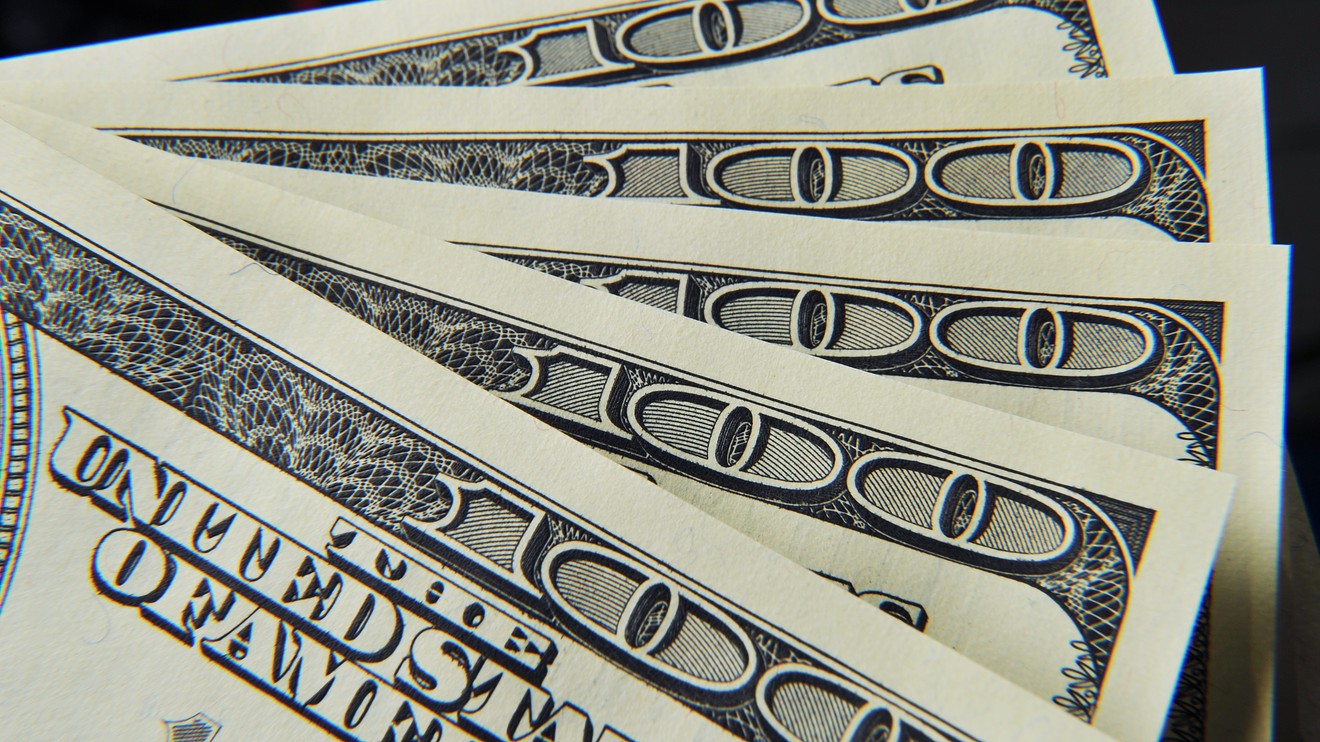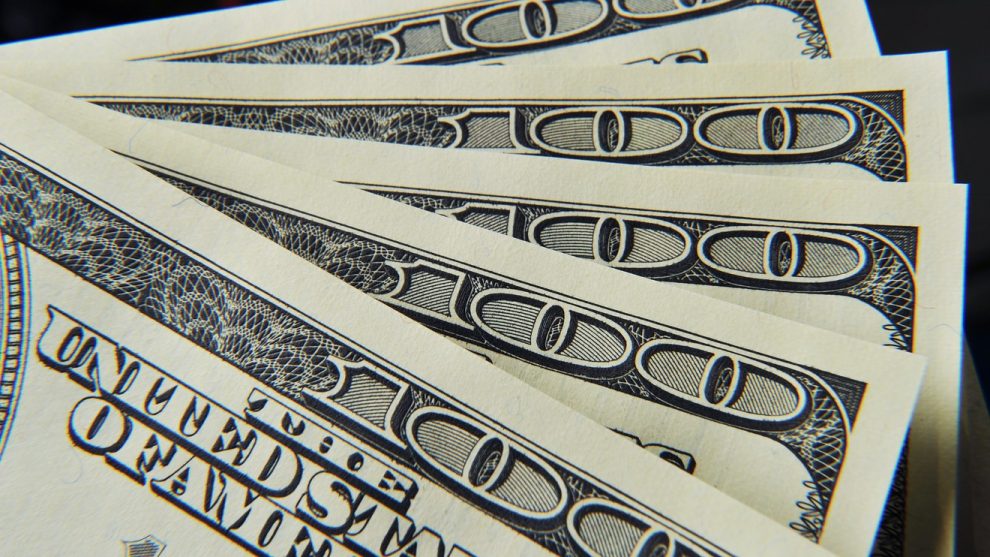
The U.S. dollar moved higher on Tuesday, gaining ground against most of its major trading partners and hitting an intraday 22-month high.
The ICE U.S. Dollar Index, DXY, +0.33% a measure of the buck’s strength against six major rivals, was up 0.4% at 97.631. The index hit an intraday level at 97.78, its highest level since June 2017.
Read: Why the peak for the U.S. dollar may have already been hit, say Macquarie analysts
Biggest movers
The Swiss franc USDCHF, +0.4233% is the worst-performing major currency, falling 0.5% versus the greenback. The move comes as traders appeared to build short positions versus the euro. “The [euro-swiss franc pair] resumed its bullish trend in early April after the breakdown attempt below key support at 1.1200 failed,” said Fawad Razaqzada, market analyst at Forex.com.
“Consequently, we have seen a short squeeze rally above old highs circa 1.1440s [francs], which has been taken out today. Thus, going forward, we expect the dips back to old resistance areas such as 1.1440 to be supported,” he said. The euro was buying 1.1446 francs, up 0.1% Tuesday afternoon.
A so-called short squeeze refers to investors unwinding bets that an asset will decline in value, which can have the effect of amplifying price swings.
Elsewhere, the Australian dollar AUDUSD, -0.5046% was unable t climb further from rising oil prices, falling 0.5% on Tuesday. Analysts are eyeing first-quarter inflation data scheduled for Tuesday evening, or Wednesday local time.
“I would be lying if I didn’t suggest I was bit disappointed that the Aussie didn’t catch more of an updraft from surging energy prices,” wrote Stephen Innes managing partner and head of trading at SPI Asset Management. “But the market remains focused on this week’s CPI suggesting we could stay in close ranges.”
Read: Ratio of small-caps and gold shows that stock-market fortitude trumps fear
What are analysts saying?
“The lack of volatility is a pretty constant theme now. FX volatility is at levels not seen since 2014, while equity vol and credit spreads have pretty much reversed the spikes we saw at the back end of last year,” wrote Kit Juckes, global fixed income strategist at Société Générale in a note.
“That lack of [volatility] is going to keep investors looking for yield, and will do nothing to help the euro, or the yen for that matter. Both are helped by valuation but that leaves them stuck in tight ranges.”
Other majors
The euro EURUSD, -0.3109% briefly dipped below the psychological $1.1200 mark, trading to $1.1191. In most recent trade the shared currency was at $1.1219 compared with $1.1258 yesterday.
The British pound GBPUSD, -0.2928% fell 0.4% against the dollar to $1.2939.
The Japanese yen USDJPY, -0.08% was marginally higher versus the dollar at ¥111.83.
Read: Here are the biggest hurdles oil-market bulls will face in the next few months
On the calendar
New home sales data for March rose to a 16-month high at a seasonally-adjusted annual rate of 692,000, the Commerce Department said. Economists polled by MarketWatch had predicted a rate of 656,000.
Elsewhere, all eyes are on a busy day of corporate earnings.
Read: Coca-Cola shares rise after earnings and revenue beat expectations
Also read: Twitter stock soars after user growth crushes expectations
Providing critical information for the U.S. trading day. Subscribe to MarketWatch’s free Need to Know newsletter. Sign up here.




